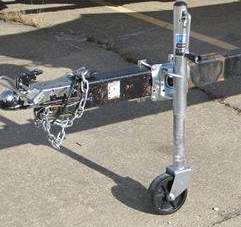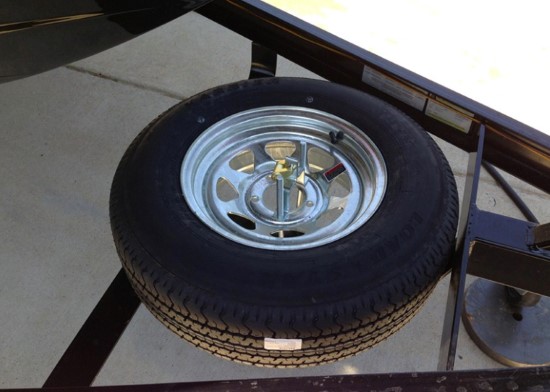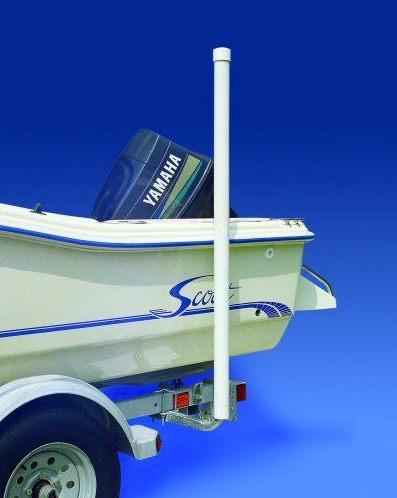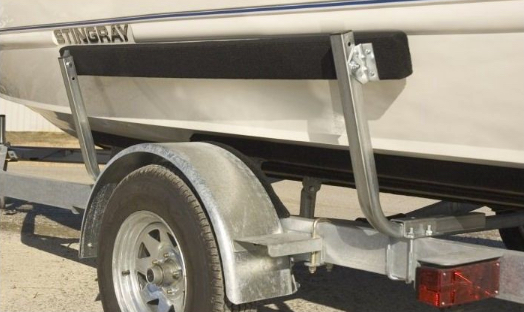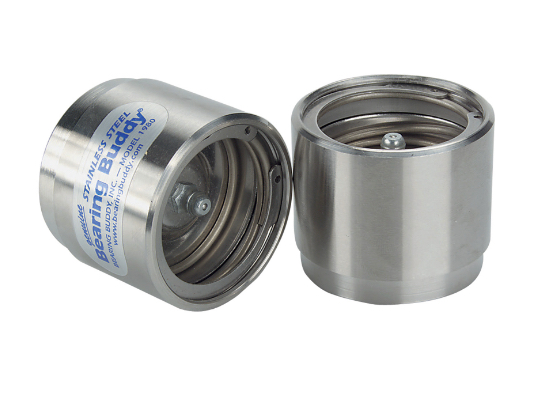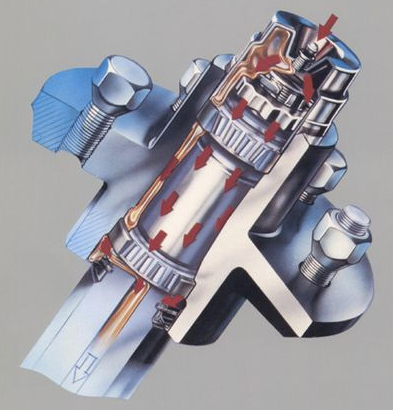How to Choose a Boat Trailer
A trailer can greatly enhance the boating experience not only because it eliminates having to rent a slip, but also because it allows the owner to travel long distances to boat in new waters. A trailer also adds value to a boat, creating a more complete package. Choosing the right trailer isn’t rocket science, but there are important criteria that factor into the decision.
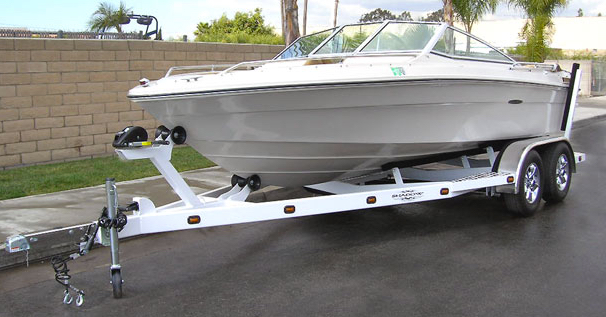
Size Matters. Trailers are classified by length and weight. The length is easy to figure out. Use a tape measure or contact the boat manufacturer. The weight includes more than just the boat – remember to add in the engine, weight of fuel, water and gear. The gross vehicle weight rating (GVWR) is the maximum weight the trailer is rated to carry. For safety, add 15 percent extra weight.
Tongue weight refers to how heavy the front of the trailer is. It should always be between 10 and 15 percent of the total boat-and-trailer package. If it is heavier than that, the trailer could sway back and forth as it’s rolling down the road, which can be dangerous.
Single or Multiple Axles. Trailers with one axle are for smaller boats. Typically, a single-axle trailer can accommodate a boat up to 22’ (6.7 m) or 23’ (7.01 m) with a maximum weight of 3,300 lbs. (1,369 kg) to 3,500 lbs. (1,587 kg). They cost less, require less maintenance and are easier to move around manually than dual-axle models. Trailers with two or more axles are for larger boats. They track better on the road and prove safer if a tire blows out.
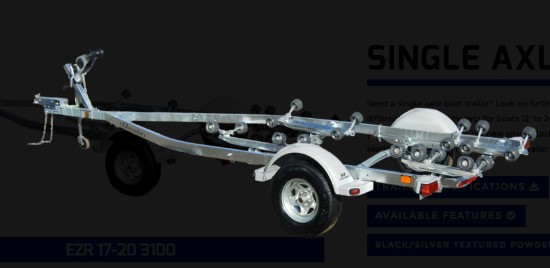
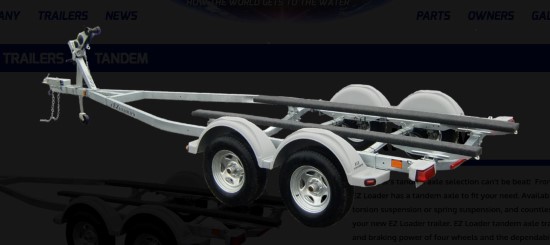
Brakes make it easier to keep a trailer under control. Laws that require how many axles have brakes vary by state, but many experts recommend that multi-axle trailers have brakes on all axles. Electric brakes offer low maintenance and the ability to brake the trailer before the tow vehicle, but saltwater can cause problems with them. Surge brakes, though more complex, have proven more reliable in marine service.
Real Steel. Boat trailers come in three types of material. Painted steel trailers are fine for freshwater and they create a more packaged look when color-matched to the boat. For saltwater use, galvanized steel or aluminum is the preferred metal. The galvanized trailer is heavier, but aluminum is more expensive.
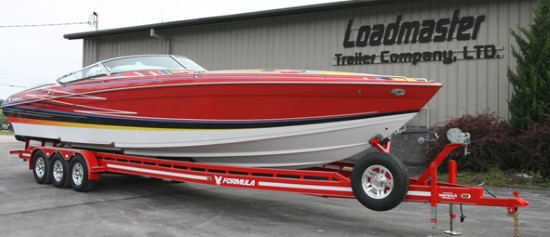
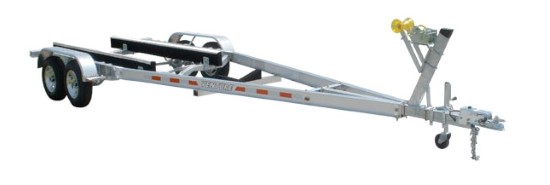
Bunks or Rollers. Trailers come with one of two support systems, rollers or bunks. A trailer with rollers is considered easier to load. Bunks are thought to provide better support for the hull. Offshore go-fasts, bass boats and other high-performance models almost always ride on bunk trailers. Bunks are usually covered in carpet and some have plastic tops to make it easier for the boat to slide onto and off of them. Rollers make it easier to slide a boat on and off of a trailer.
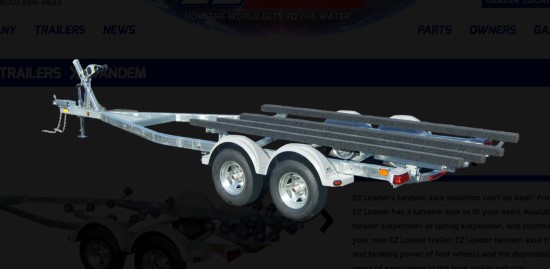
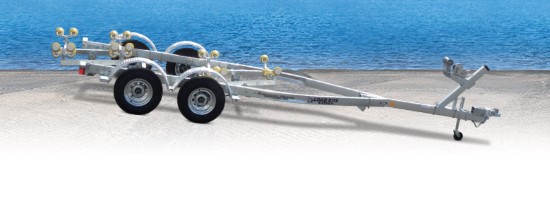
Get Hitched. Most trailers connect to the tow vehicle with a hitch that clamps to a ball on the bumper or frame-mounted receiver hitch. We will cover the different classes of trailer hitch in our report on tow vehicles. Most trailer hitches require a 2” (5.08 cm) ball. Smaller ones will use an 1 7/8” (4.76 cm) ball and larger ones can be as big as 2 5/16” (5.87 cm).
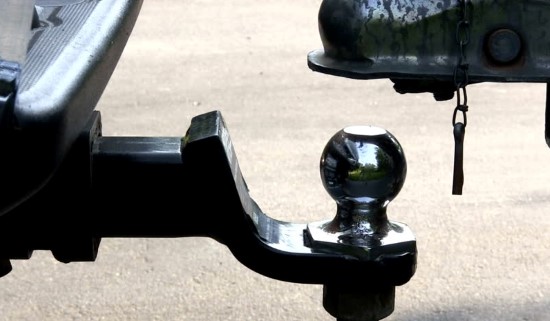
LED lights are more durable and brighter than traditional incandescent lights. They also cost more. Incandescent lights get hot when used so it’s recommended that they be unplugged before backing the trailer into cold water so they don’t blow out. For wiring look for tinned copper and make sure all holes in the trailer frame have good rubber grommets or other chafe protection.
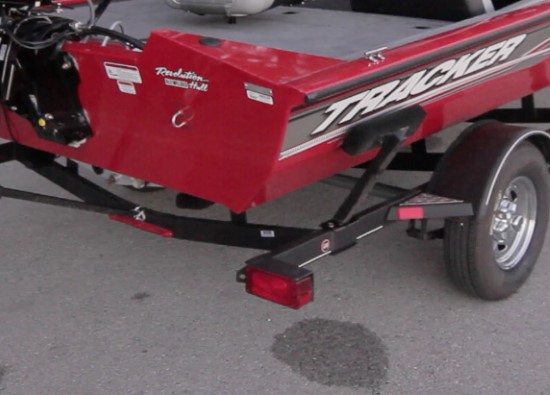
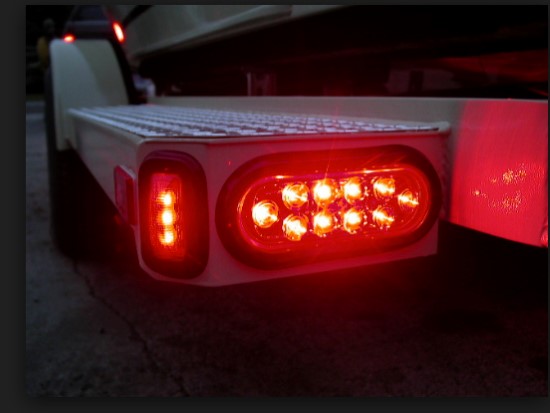
Radial tires are better than bias-ply versions. Bias-ply tires transmit sidewall flex to the tread, increasing the chances for slipping. Bias-ply tires also present a smaller footprint, resulting in less grip.
Worthwhile Accessories. There are some accessories that are worth adding to a trailer, especially one that’s going to be used on a weekly basis. A jack that bolts to the front of the trailer tongue makes it easy to lift the trailer on and off the hitch. A spare tire and mount can mean the difference between making it to the ramp or home. We highly recommend that all trailers have a spare tire.
Load guides attached to the sides of a trailer make it easier to put back on the trailer, because when submerged the operator cannot see all of the trailer bed. Finally, bearing savers such as Bearing Buddies can extend the life of a trailer by keeping the wheel bearings bathed in a constant supply of grease.
